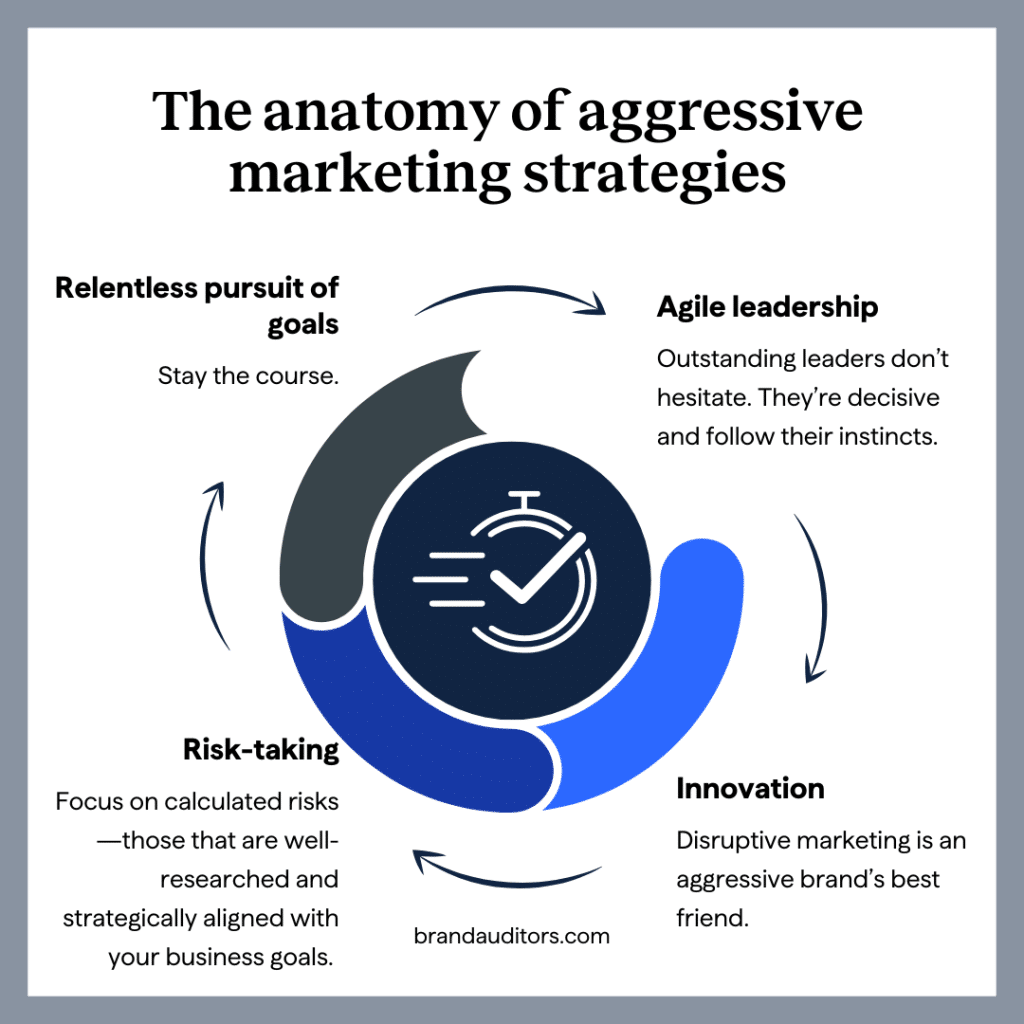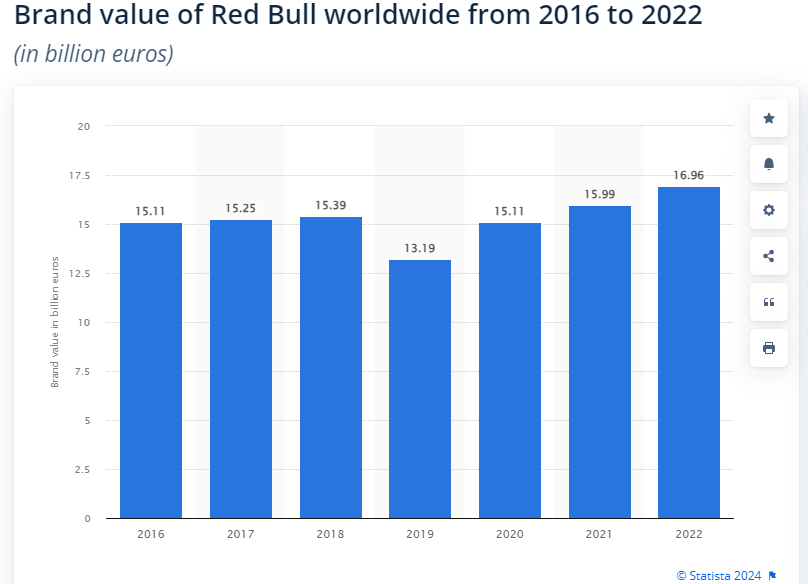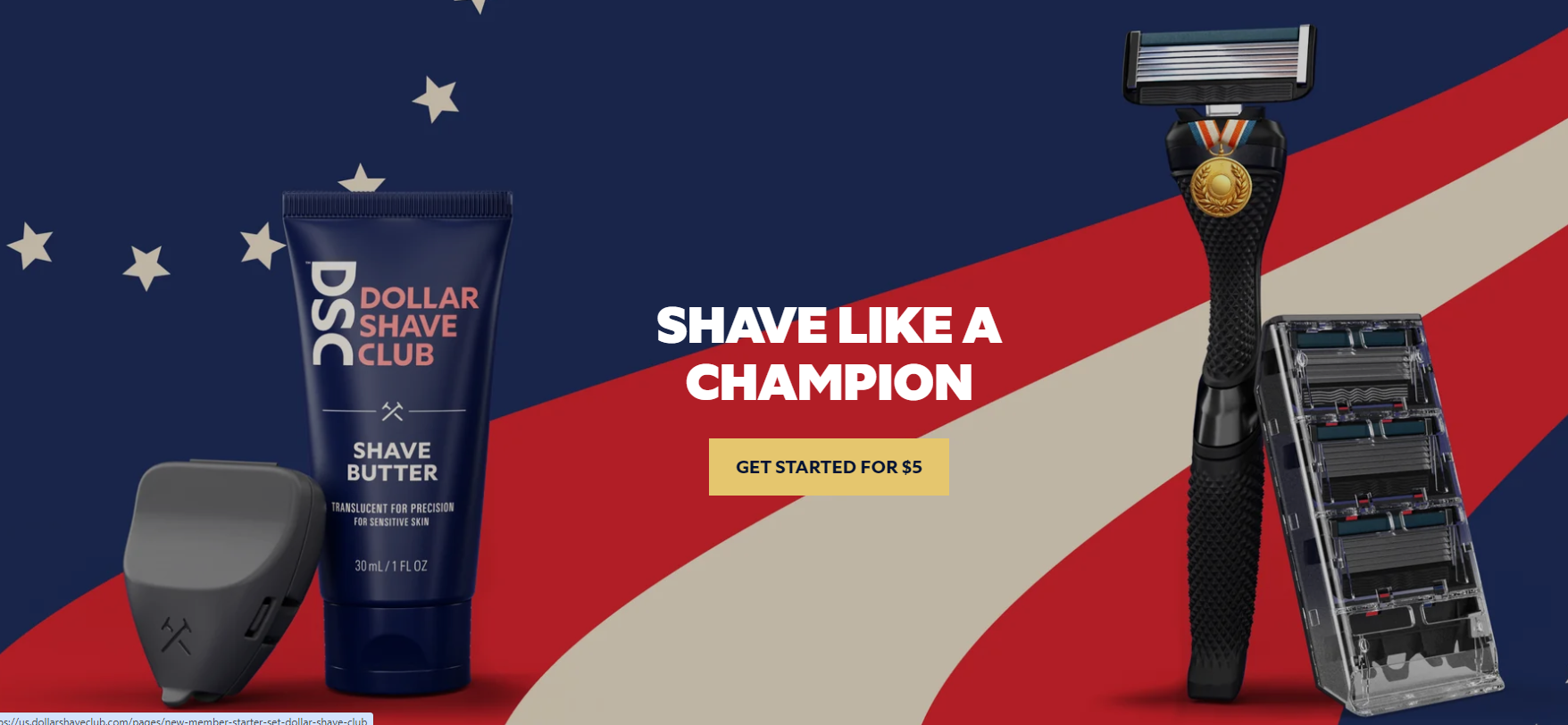Aggressive Marketing Strategies for Business Leaders
Discover effective aggressive marketing strategies to elevate your business. Learn how to proactively reach your audience and maximize sales in record time.
October 17, 2025

Are you tired of always being on the defensive in your industry? Do you want a strategy that positions your company at the front of the pack?
In this post, we’ll share insights on aggressive marketing strategies to help C-suite executives develop a plan that keeps competitors on their toes. We’re not recommending cautious public relations tactics or simple marketing campaigns to get small wins. Instead, we’re advocating for a bold strategy that challenges the norm-an approach for leaders who will settle for nothing less than excellence. Table of Contents
What are aggressive marketing techniques?
Aggressive marketing techniques include competitive pricing, targeted advertising, guerrilla marketing tactics, and high-growth strategies to increase brand awareness and capture market share quickly. The goal is to get immediate results by creating a sense of urgency designed to get potential customers to take action right away.
The anatomy of aggressive marketing strategies
Think of aggressive marketing as a high-stakes game of chess. It’s a bold approach to marketing in which each move is an attack on the competition. Every decision can lead to success or failure. But unlike chess, there are no draws. You’re growing or you’re dying. It’s that simple.
Marketers must also keep these key principles in mind:
Agile leadership
Outstanding leaders don’t hesitate. They’re decisive and follow their instincts. Overthinking comes at a price. Rapid execution is the order of the day for early adopters with a passion for market dominance.
Influential leaders excel in communicating their vision. They inspire their teams and rally everyone around the cause. By sharing their passion and enthusiasm, they galvanize their teams to push the limits and embrace challenges as opportunities for growth.
However, leaders must also balance decisiveness with empathy. It’s critical to listen to teams, get diverse perspectives, and promote collaboration. This blend of strong leadership and emotional intelligence sets the stage for an aggressive growth strategy.
Innovation
Disruptive marketing is an aggressive brand’s best friend. When most business leaders think of disruption, technological innovation comes to mind. But the concept goes much further.
The word innovation means “something new or different.”
If you have a unique process, approach, or philosophy, that’s innovation. The problem we see with most brand marketing is that companies don’t leverage their proprietary methods and philosophies enough. They get distracted by competitors and copy them instead.

Risk-taking
Market leaders take chances. However, I’m not suggesting that you should throw caution to the wind and make careless mistakes. Instead, focus on calculated risks-those that are well-researched and strategically aligned with your business goals. Analyze the potential outcomes, weigh the pros and cons, and understand the market landscape before implementing any bold ideas.
Relentless pursuit of goals
Staying focused on the goal is much more difficult than it appears. When others question your goals, philosophy, and decision-making, it takes genuine conviction to stay the course.
Tactical arsenal: Aggressive marketing techniques
An aggressive market penetration strategy uses tactics that leverage smart pricing, targeted advertising, and innovative marketing campaigns. Let’s examine these more closely.
Competitive pricing
Price wars, while risky, can help companies gain market share quickly. For example, Amazon’s consistent low pricing strategy has helped it dominate e-commerce.
Value-based pricing positions products as premium options, justifying higher prices. Apple effectively uses this strategy by emphasizing quality and innovation to command premium prices for its devices. Dynamic pricing adjusts prices in real-time based on market conditions. Uber’s surge pricing during high-demand periods is an example.
Targeted advertising
Targeted advertising campaigns are one of the most effective ways to optimize marketing efficiency. Hyper-segmentation uses advanced analytics to reach niche target audiences with specific messages. Retargeting campaigns show ads to users who have previously interacted with your brand.
For instance, shoppers who abandon carts on Amazon often see ads for those items on other websites. Influencer marketing leverages industry figures to expand reach. Fashion brands like Fashion Nova have built their empires primarily on Instagram influencer partnerships.
Disruptive marketing
Disruptive marketing initiatives grab attention. An example is guerrilla marketing, which uses unconventional, low-cost tactics for impact. Deadpool’s irreverent billboard and social media campaigns exemplify this approach.
Content marketing positions brands as thought leaders through valuable, engaging content. HubSpot’s comprehensive resources have established it as a go-to authority in digital marketing. Impactful product launches generate excitement and anticipation. Apple’s annual iPhone reveal events have become cultural phenomena, driving massive pre-orders and media coverage.
These aggressive marketing tactics, when applied strategically, can significantly boost market penetration and fuel growth without being reckless. The key lies how companies apply the tactics in their specific market sectors.
How can a startup effectively attack a market leader in its industry?
1. Highlight the market leader’s weaknesses
Even if your startup is smaller, you can still make a big impact by leveraging the market leader’s weaknesses. Every giant has its flaws, often found in comments of dissatisfied customers. Discover competitor weaknesses by reading online reviews and performing customer sentiment analysis.
2. Provide superior value
To stand apart from a dominant market player, focus on what makes your product or service unique—not just its price. The essence of effective marketing lies in showing enhanced value to your target audience. This approach distinguishes a strategic campaign from one perceived as merely negative.
3. Leverage storytelling and positioning
Instead of getting bogged down in technical details or feature lists, create a narrative that resonates emotionally with customers. For example, a successful strategy might involve portraying the market leader as the predictable choice while positioning the challenger as an innovator and a champion of individuality. The goal of this strategy is to attract customers who see themselves as leaders rather than followers.
4. Use creative campaigns
Innovative advertising can turn heads and change perspectives. Consider launching campaigns that use humor or relatability to compare your product to the market leader’s. Portraying your brand as approachable and modern can make it appealing to consumers looking for alternatives.
Advice for Aggressive Marketing Budgeting in Startups
Most startups are willing to take chances in their early stages. In fact, many of them must if they hope to make an impact in a competitive vertical. There’s only one problem: money.
Startups must consider allocating as many resources as possible to aggressive marketing strategies. A general rule is to commit roughly 20-30% of annual revenue to marketing initiatives. As a result, you can test strategies quickly to determine which ones yield the best results.
Confronting concerns: Overcoming the cons of aggressive marketing
An aggressive marketing strategy can be powerful, but it’s important to recognize and tackle the challenges before they become significant. By addressing these potential issues head-on, you’ll be prepared for them and build confidence among team members.
We’ll address executives’ concerns and provide solutions in each section.
Brand perception and backlash
- Concern: Some people might see aggressive marketing as pushy or intrusive. As a result, some customers may complain or develop a negative view of your brand.
- Solution: Balance being assertive and respectful. Keep your marketing efforts customer-centric and highlight the value you offer. Also, stay transparent, authentic, and ethical to build trust.
Competitive response and market saturation
- Concern: Your competitors might respond with their own aggressive strategy, sparking a price war that no one wins. Or more competitors may enter the sector, creating market saturation.
- Solution: Watch the competitive landscape and be ready to adjust your strategy. Continue to focus on what makes your brand unique, innovate, and build a loyal customer base that appreciates your value, not just the price.
Internal alignment and resource
- Concern: An aggressive marketing strategy needs support from all departments. It also relies on adequate resources.
- Solution: Encourage collaboration and open communication. Clearly explain the benefits of aggressive marketing to all stakeholders, so everyone understands their role in achieving success. This will also make it easier to garner the resources you need to execute the strategy.
Measuring success and adapting to change
- Concern: The fast-paced nature of aggressive marketing requires constant monitoring and adaptation.
- Solution: Set up a strong analytics system to track performance in real-time. Use data to identify where, when, and how to adjust your strategy. Be flexible and ready to change course when necessary.
Companies that address these concerns in advance can reduce risks and confidently face the challenges of aggressive marketing. Remember, success depends on a mix of boldness, strategic planning, and a firm commitment to long-term goal.
Examples of aggressive marketing in action
In this section, we’ll look at a couple of successful brands that used aggressive marketing to dominate their respective sectors.
Red Bull
Red Bull, the energy drink giant, launched in Austria in 1987. The company faced an uphill battle entering a market dominated by established brands like Coca-Cola and Pepsi. However, they adopted a strategy that focused on specific audience targeting.
Red Bull’s strategy involved a multi-pronged approach. They invested heavily in sponsoring extreme sports events and creating their own to align the brand with adventure and adrenaline. They strategically placed their product in unexpected locations and encouraged social media sharing that fueled word-of-mouth marketing.
Red Bull also used branded vehicles with energetic teams to distribute samples and engage with consumers. Their advertising campaigns often pushed boundaries with humor and sometimes controversy. As a result, Red Bull carved out a niche in a crowded market and has become the world’s most consumed energy drink.

Dollar Shave Club
Dollar Shave Club disrupted the razor industry with their irreverent marketing aimed at the “Average Joe.” Their viral launch video, featuring CEO Michael Dubin delivering a hilarious monologue amidst a warehouse full of absurdity, became an instant sensation. This set the tone for their brand voice: playful, accessible, and not afraid to make fun of the established players.
This approach was a stark contrast to the polished, serious advertising of competitors like Gillette. DSC’s ads featured real people, relatable humor, and a focus on convenience over flashy celebrity endorsements. To consumers who were tired of inflated prices and complex marketing gimmicks, DSC was a breath of fresh air.
The brand knocked it out of the park. By 2015, Dollar Shave Club had captured a healthy share of the market. The big payoff came when Unilever bought the brand in 2016 for $1 billion.

Are you ready to get aggressive?
Would you like to explore how an aggressive strategy can help your company grow and become an industry leader? If so, schedule a free consultation with a strategist today to learn more.
Ready to grow your brand?
Connect with a strategist to uncover your biggest opportunities and map out a clear path forward.

POST AUTHOR
Core services
Digital marketing
audit services
Discover how to improve marketing campaigns, strengthen the impact of every customer touchpoint, and focus resources on the actions that generate more revenue.
Customer experience strategy consulting
Turn raw customer data into audience personas and laser-focused messaging.

